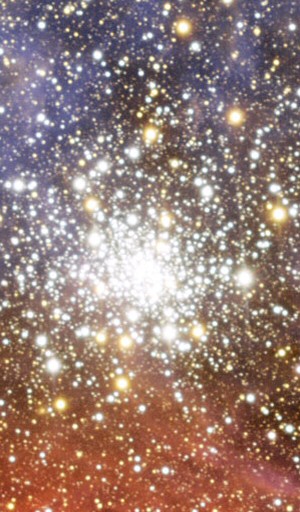My main research interest is to combine the topics of open clusters and chemically peculiar stars.
Open clusters
Open clusters are groups of stars that were formed more or less at the same time. They are gravitationally bound and thus populate a limited region of space. Therefore, the member stars are all at about the same distance from the Sun. Open clusters are believed to originate from large interstellar gas and dust clouds, so the open clusters show the initial chemical composition of the cloud. All these parameters (age, distance, and metallicity) can be determined more accurately for open clusters than it is possible for field objects. The open clusters are useful not only to study the Galactic structure in detail, but can be used also as a tool to investigate the evolution of individual star groups.
Chemically peculiar stars
Chemically peculiar stars are objects that display abundance peculiarities of various chemical elements from helium to strontium in their photospheres. They are known to be slowly rotating stars, and some groups (Ap/Bp stars) exhibit also strong global magnetic fields that can reach up to 30kG. Therefore, these objects are excellent test-beds for astrophysical processes like diffusion and stellar evolutionary models. However, we still do not know when and why they become peculiar, neither the role of the magnetic field, nor the preferential environmental conditions for their formation are clarified yet. Stars in open clusters can help to provide answers to these issues.
